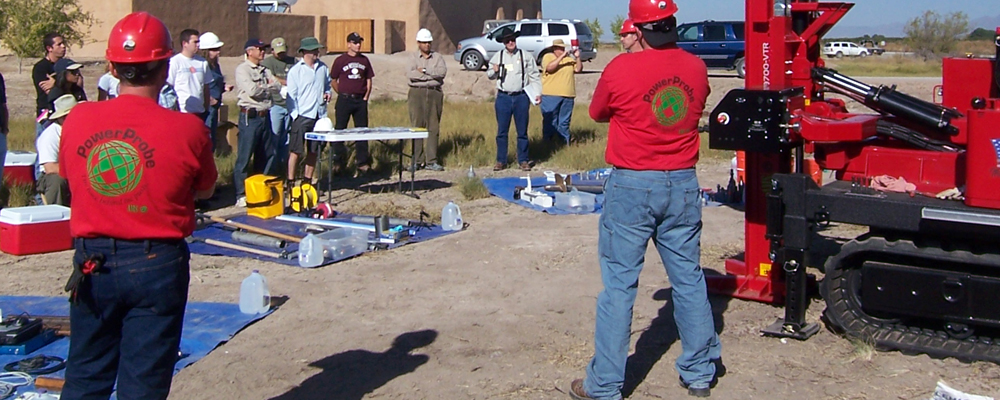Most environmental projects involve the investigation and characterization of a variety of interconnected environmental media, including soil, ground water, surface water and sediment. There is a tendency to view each of these media in an isolated manner, which can lead to difficulties in interpreting sampling results later. Writing an effective site-specific Sampling & Analysis Plan to address these issues is much more involved than just sitting at your desk and “cutting and pasting” procedures that may have been prepared for a variety of other sites – that approach is often doomed to failure. Having a written site-specific Sampling & Analysis Plan for all field personnel to follow is an essential component of technical and legal defensibility and data validation. This module focuses on why it is important to think three dimensionally and look at multiple media when developing a sampling plan for a site, and emphasizes the importance of looking at the big picture when planning either an effective “snapshot” sampling event or a long-term monitoring and sampling program. Field videos for this module cover planning and field preparation for environmental sampling events. Upon completing this module, you will understand why a lot more goes into conducting an environmental sampling program than simply grabbing whichever person is available in the office and telling them to go fill a series of sample bottles!
Module ES–01 (Total Length: 73 minutes) Price: $159.00 Register Using Your E-School Account
Planning an Effective Environmental Sampling Program – The Sampling & Analysis Plan
- Think 3-D! Visualizing Behavior of Contaminants in Different Media
- Typical Components of an Environmental Sampling Program
- Preparation of a Site-Specific Sampling & Analysis Plan (SAP) – Why to Write One, What to Include, and What to Avoid
- Common Objectives of Environmental Sampling Programs
- Dealing with the “Analysis” Portion of the SAP – Both Field and Lab Components
- Selecting Appropriate Parameters and Analytical Methods
- Understanding the Difference Between PPM vs. PPB vs. PPT and How that Affects Field Procedures
- Field QA/QC Terminology
- Details of Media-Specific Standard Operating Procedures (SOPs) to Include in the SAP
Total CEUs for Module ES-01: 1.2 CEUs











